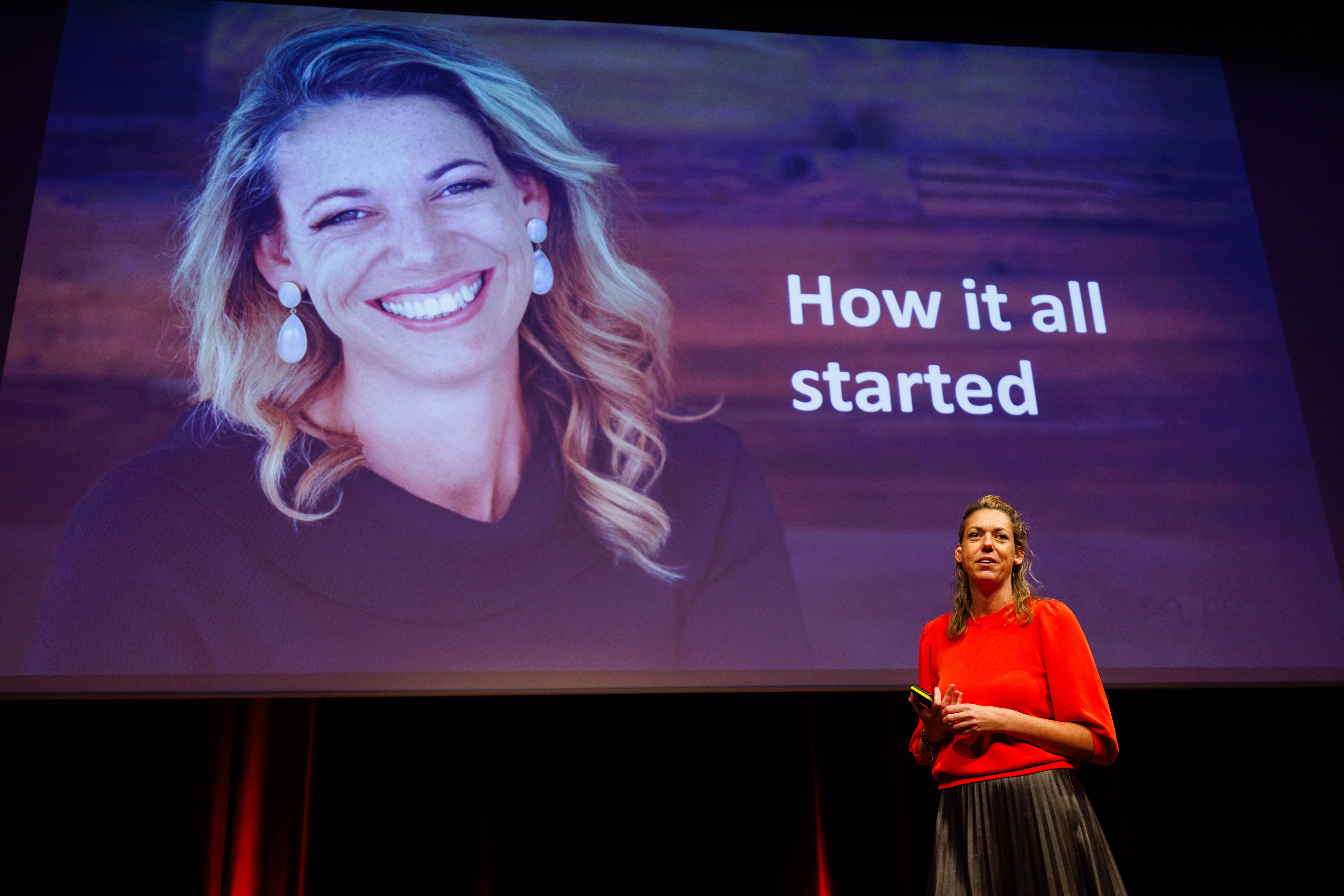
Research by Christina Rott, a behavioural economist at Vrije Universiteit Amsterdam, has revealed that a message from a company’s CEO can have a compelling impact on attracting applications from minority groups. This finding is a remarkable insight into the power of leadership communication in promoting workplace diversity and inclusion.
The study, carried out with a Fortune 500 company in the US, employed a natural field experiment to assess the effectiveness of different messages in the job application process. The experiment was meticulously designed, involving over 5,000 prospective applicants who were divided into various groups, each receiving a distinct message in response to job postings for entry-level positions and internships.
- CEO messages on diversity boost minority job applications for entry-level positions and internships.
- Personalized CEO quotes are more effective than standard diversity statements.
- Increase in minority applications doesn’t deter other applicants; framing diversity messages is crucial.
Strategic messaging makes the difference
Christina Rott’s research, which was published in the journal Management Science, illustrates that the success of attracting more diverse applicants hinges on the nature of the message conveyed. A specific quote from the CEO, highlighting the company’s commitment to diversity as an integral part of its culture, was shown to resonate strongly with minority groups for entry-level positions.
When it came to internships, the approach shifted. The message that proved most effective was one that encouraged candidates to apply even if they were not entirely confident in their qualifications, thereby suggesting that the job offered prospects for growth and development. This particular message had a pronounced effect on women from minority groups.
Understanding the impact of CEO involvement
The exact wording of the CEO’s statement was not disclosed in the research paper, but its essence was clear: applicants were reassured that there was room for growth within the company, implying that they did not need to meet every qualification at the time of application.
This approach starkly contrasts with standard diversity statements or assertions that diversity is beneficial to business performance, which the study found to have no significant impact on application numbers. The research suggests that a personal touch, particularly from a company’s leadership, is a critical factor in the effectiveness of diversity-related messages.
No negative effects on the broader applicant pool
One of the study’s key observations was that the increase in minority applications did not result in a decrease in applications from other groups. This finding is pivotal for companies concerned that targeted diversity initiatives might alienate non-minority candidates.
The research team, which included Jeffrey A. Flory, Andreas Leibbrandt, and Olga Stoddard, highlighted the importance of how diversity messaging is framed. Their collective work has shed light on the nuanced ways in which communication can either advance or hinder diversity recruitment efforts.
Contextualising within existing research
Rott’s findings resonate with her previous research which showed that recruiters often favour applicants with whom they share an identity, such as gender or personal interests. This tendency can be counteracted, as demonstrated in an earlier experiment where candidates were given the option to ‘fake’ shared interests, subsequently nullifying the recruiters’ preference for similarity.
Additionally, the research contributes to a broader conversation around diversity in hiring, one that has seen mixed results from the implementation of equal employment opportunity statements. Past studies, such as one by Andreas Leibbrandt and John List, found that certain EEO statements could inadvertently discourage minority applicants, suggesting that the framing of diversity initiatives is crucial.
Long-term effects and practical application
While the immediate impact of CEO messages on application rates is clear, the study did not delve into the long-term effects of such messages on actual hiring and retention of minority applicants. This area remains ripe for future research to explore how initial applications translate into sustained diversity within companies.
For companies looking to implement insights from this study, the approach offers a practical and minimal-cost strategy to enhance diversity in the application process. The key takeaway is the importance of a well-crafted, leadership-endorsed message that authentically communicates a company’s commitment to diversity and inclusion.








